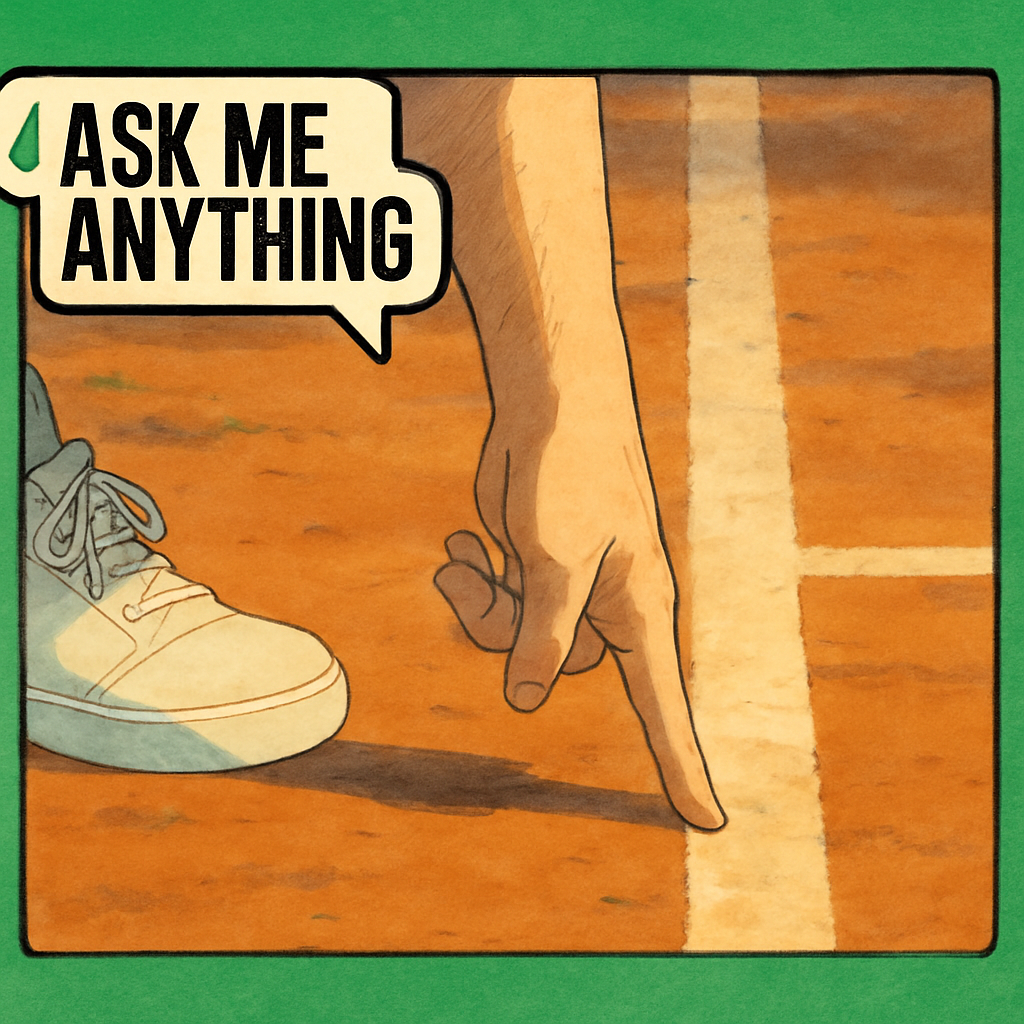PARIS — The French Open, one of tennis’s four Grand Slam tournaments, remains the only major event without electronic line calling (ELC), relying instead on traditional line judges and umpire decisions. While tournaments like Wimbledon and the US Open have embraced Hawk-Eye and other automated systems, Roland Garros continues to resist the change. BBC Sport’s Ask Me Anything team explores the reasons behind this unique stance.
The Clay Court Conundrum
Unlike hard and grass courts, clay surfaces leave visible marks where the ball lands, making it easier for umpires to inspect and verify close calls. "On clay, the mark doesn’t lie," says veteran umpire Carlos Ramos. This inherent feature of clay courts has long been cited as the primary reason Roland Garros has resisted electronic line calling. Tournament director Amélie Mauresmo reiterated this in 2023, stating, "The accuracy of the mark checks reduces the need for technology here."
However, critics argue that mark inspections are subjective and time-consuming. A 2022 study by the International Tennis Federation (ITF) found that umpires correctly identified ball marks only 72% of the time in high-speed scenarios. Former player and commentator Mats Wilander notes, "Human error is still a factor, even on clay. Players and fans deserve the consistency that technology provides."
Cost and Tradition
Implementing electronic line calling at Roland Garros would require significant investment. The French Tennis Federation (FFT) has prioritized other upgrades, such as the retractable roof on Court Philippe-Chatrier. "Budget allocations are always a balancing act," explains FFT spokesperson Jean-Luc Petit. "We’ve chosen to focus on infrastructure first."
Tradition also plays a role. The French Open is the only Grand Slam still played on clay, and organizers have been reluctant to modernize certain aspects of the event. Key arguments include:
- Preserving the "human element" of officiating
- Maintaining the tournament’s unique identity
- Avoiding disruptions to the clay surface from camera installations
Player Perspectives
Opinions among players are divided. Rafael Nadal, a 14-time French Open champion, has voiced support for the status quo: "Clay is different. The marks give us clarity, and the system has worked for decades." In contrast, Novak Djokovic has called for uniformity across all majors: "Technology minimizes controversy. Why not use it everywhere?"
Younger players, particularly those accustomed to electronic line calling on other tours, have been more vocal in their criticism. Coco Gauff remarked after a disputed call in 2023, "It’s frustrating when you know technology could fix these issues instantly. We’re in 2024—why are we still guessing?"
The Future of Line Calling at Roland Garros
Pressure is mounting for the FFT to reconsider. The Australian Open and US Open use Hawk-Eye Live for all courts, while Wimbledon employs it on all but Centre Court and Court No. 1. Even the Italian Open, another clay-court Masters event, introduced electronic review in 2022. "The trend is clear," says ITF technology director Jamie Capel-Davies. "Accuracy and efficiency are becoming non-negotiable for players and fans."
Rumors suggest the FFT may trial a hybrid system in 2025, combining mark inspections with limited electronic reviews. However, Mauresmo has downplayed speculation, stating, "Any changes will be made with careful consideration for the integrity of our tournament. We won’t rush into decisions."
Conclusion
The French Open’s resistance to electronic line calling stems from a mix of practicality, tradition, and financial priorities. While the clay surface offers a natural review system, the margin for human error and growing player demand for consistency may force Roland Garros to adapt. As technology becomes ubiquitous in tennis, the tournament’s stance could shift in the coming years. For now, though, the French Open remains the last bastion of line judges and umpire discretion—a distinction that sparks debate every May and June.

